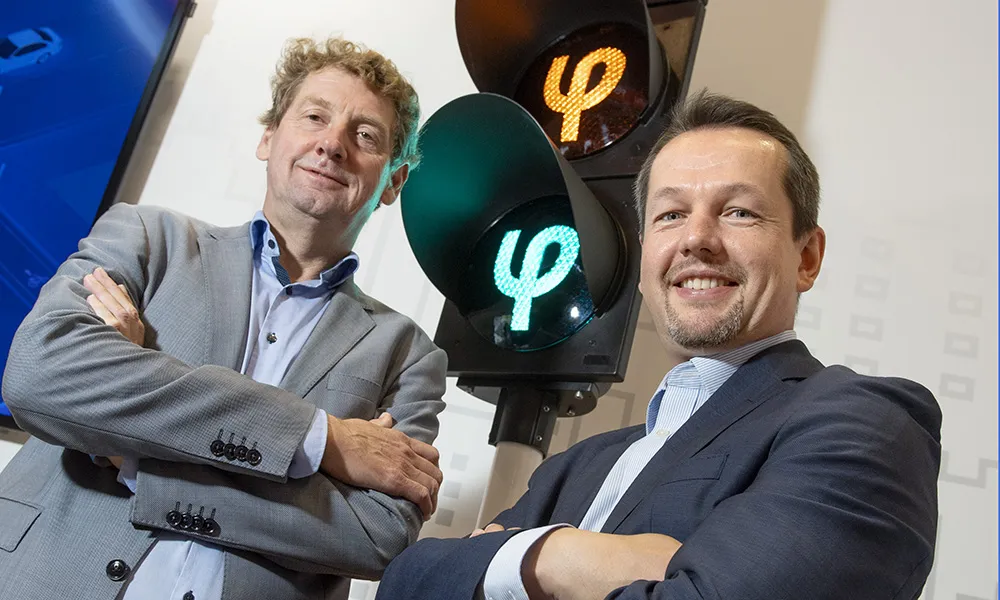
Mobile operator LMT has launched a 5G mobility testbed in Latvia's “Bikernieki” race track to serve as a cross-border mobility simulation space.
It will use LMTs and Estonia’s Telia 5G networks to imitate fully functioning international connectivity.
LMT says it is necessary to solve the question of cross-border connectivity in order to successfully implement automated mobility elements in Europe, a continent with many borders and various mobile operators.
To do this, the Baltic operators have been working together to ensure the smooth transition from one operator on one side of the border to the other while also ensuring connectivity in the middle.
LMT describes this as a technical challenge, as border areas tend to have weaker mobile coverage, which is what 5G technologies depend upon.
Last month, a teleoperated vehicle simulation was conducted on the testbed remotely over LMT’s 5G network from the town of Cesis 80km away.
LMT innovation lead Artūrs Lindenbergs says: “This successful teleoperated vehicle use case demonstration shows that operating automated vehicles on the 5G network is not only possible but a fast-approaching reality. Therefore, we believe that thanks to the strong network coverage in the Baltics, the Baltic corridor will be one of the great examples of deploying 5G solutions to enable a smart, cross-border highway for connected and autonomous vehicles.”
The simulation space is part of the 5G-Routes project, which seeks to validate trials on the “Via Baltic North” 5G cross-border corridor, spanning the borders of Finland, Estonia and Latvia.
As part of the project, LMT coordinates the implementation of the 5G infrastructure across the three countries’ test sites in collaboration with a range of partners which include Ericsson Airbus and Swarco. The company is also responsible for ensuring uninterrupted mobile network connectivity in the 5G cross-border corridor.










